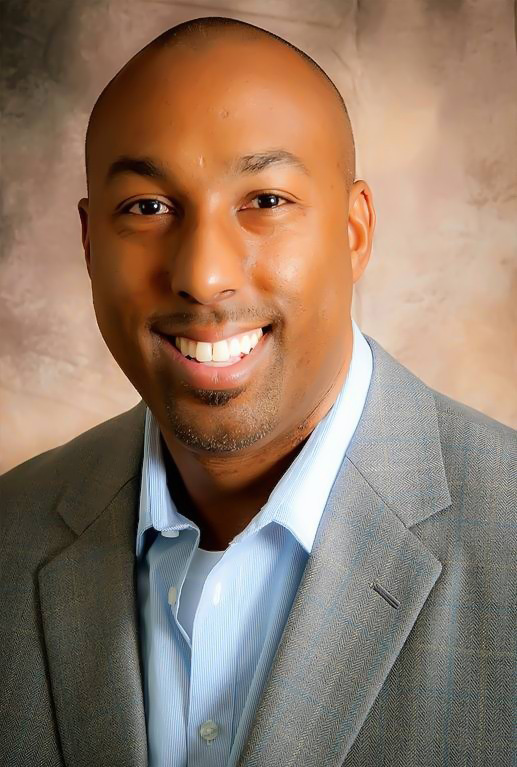
Major and Minor League Baseball spring training has arrived. And players reported to their affiliates located in either Arizona or Florida after spending the off-season in myriad ways. Some players tried their hand at a new hobby, traveled unchartered territories, played winter baseball games, or engaged in unprecedented rounds of golf while others worked odd jobs, rested and rehabbed nagging injuries, or added muscle to a fragile physique.
What is all too often missing during the winter months is a return to the classroom.
According to a
FOXSports.com survey of MLB teams, of the players that appeared in at least one game during the 2012 season, only 4.3 percent of players earned a four-year college degree. Further, in a study of professional baseball players, Knott (2010) reported that college graduation rates for MLB players is considerably less than their counterparts in the National Football League, National Basketball Association, and National Hockey League.
This MLB trend is somewhat skewed given that, unlike the NBA and NFL, baseball players can sign their first professional contract out of high school.
In 1964, to protect both drafted high school seniors and college players who leave school early, MLB teams established a College Scholarship Plan similar to a tuition escrow in many amateur contracts. According to an MLB executive, 674 players' contracts for the 2012 amateur draft included college scholarship benefits totaling $37 million. And since the Plan's inception, MLB has contributed roughly $450 million to amateur contracts.
The problem with this model is that, according to Knott, "most players that receive some sort of financial package for college included in their signing bonus do not enroll or re-enroll in college during their first five season of their playing career."
And, an individual player only has access to funds from the Scholarship Plan if he enrolls in college within two years of his last day of active playing service.
Eddie Orozco, selected in the 2012 MLB amateur draft by the Chicago Cubs and currently pursuing a master's degree, commented: "One day the opportunity baseball has provided for me will end and I will need to have something to fall back on...Baseball is my main priority during the season but there is plenty of free time such as afternoons during spring training, mornings before games, as well as time spent traveling."
Mr. Orozco appears to be a rare breed.
Surprisingly, MLB does not offer continuing education or career transition services to minor and major league players. Career transition services have the possibility of improving the recruitment, enrollment/re-enrollment, retention, and success of players who are interested in earning a college degree and ultimately preparing for a successful career transition. Through their comprehensive career services, the NFL and NBA have raised awareness about and underscored the importance of higher education, and thus have significantly increased the number of players who earned a four-year college degree during and after their playing career. These outcomes help to promote a positive image of their respective league.
Samantha Kleinman, Athlete Development Specialist and Project Manager of Player Engagement for the NFL, said: "our objective is for players to succeed in the classroom…we are focused on providing educational opportunities and exploring career paths to set up players for success after football."
MLB certainly has the resources to and capability of replicating their counterparts in order to prepare players for life after sport. With low degree attainment rates of current professional baseball players coupled with the infamous steroid era, there seems to be a need for a powerful stimulus- like something bold and forward-thinking- to revive and rebrand the image of MLB.
Dr. Eddie Comeaux received his B.A. at Cal-Berkeley, where he also played baseball. In 1994, he was drafted by the Texas Rangers and spent four years playing professional baseball.
Dr. Comeaux is currently an Assistant Professor of Higher Education in the Graduate School of Education at the University of California, Riverside, where his research interests include student engagement, intercollegiate athletics, and diversity competence and leadership in defined social systems.
Dr. Comeaux can be reached at [email protected]